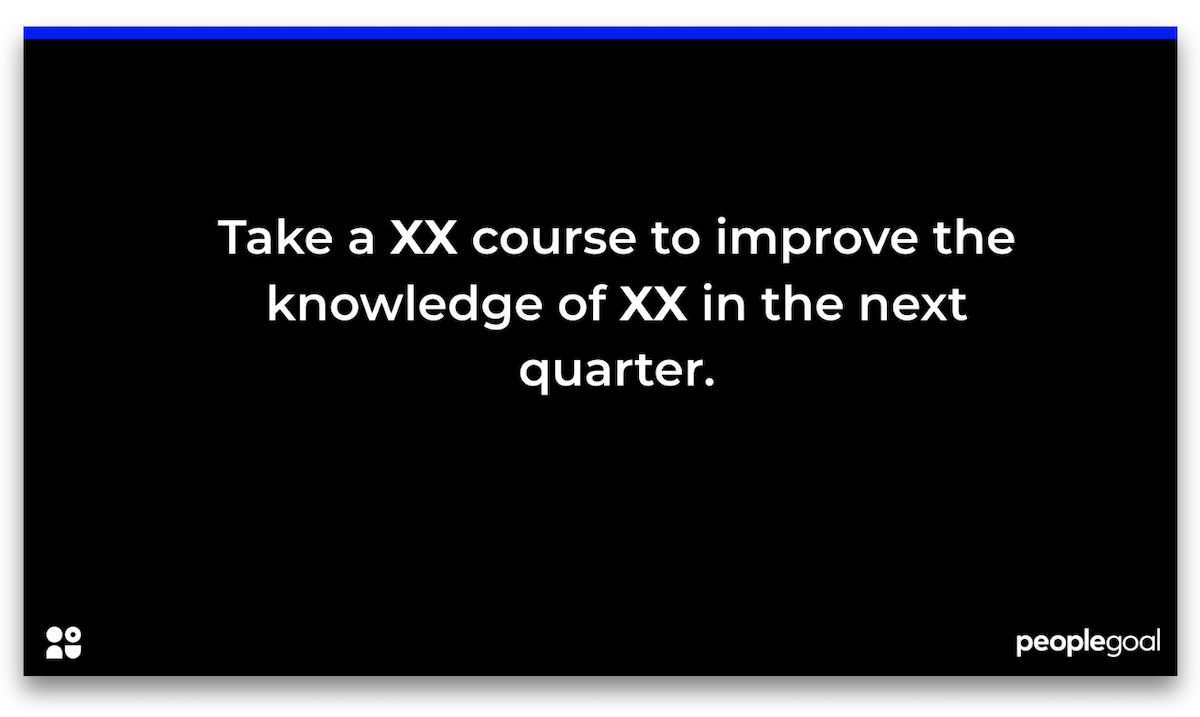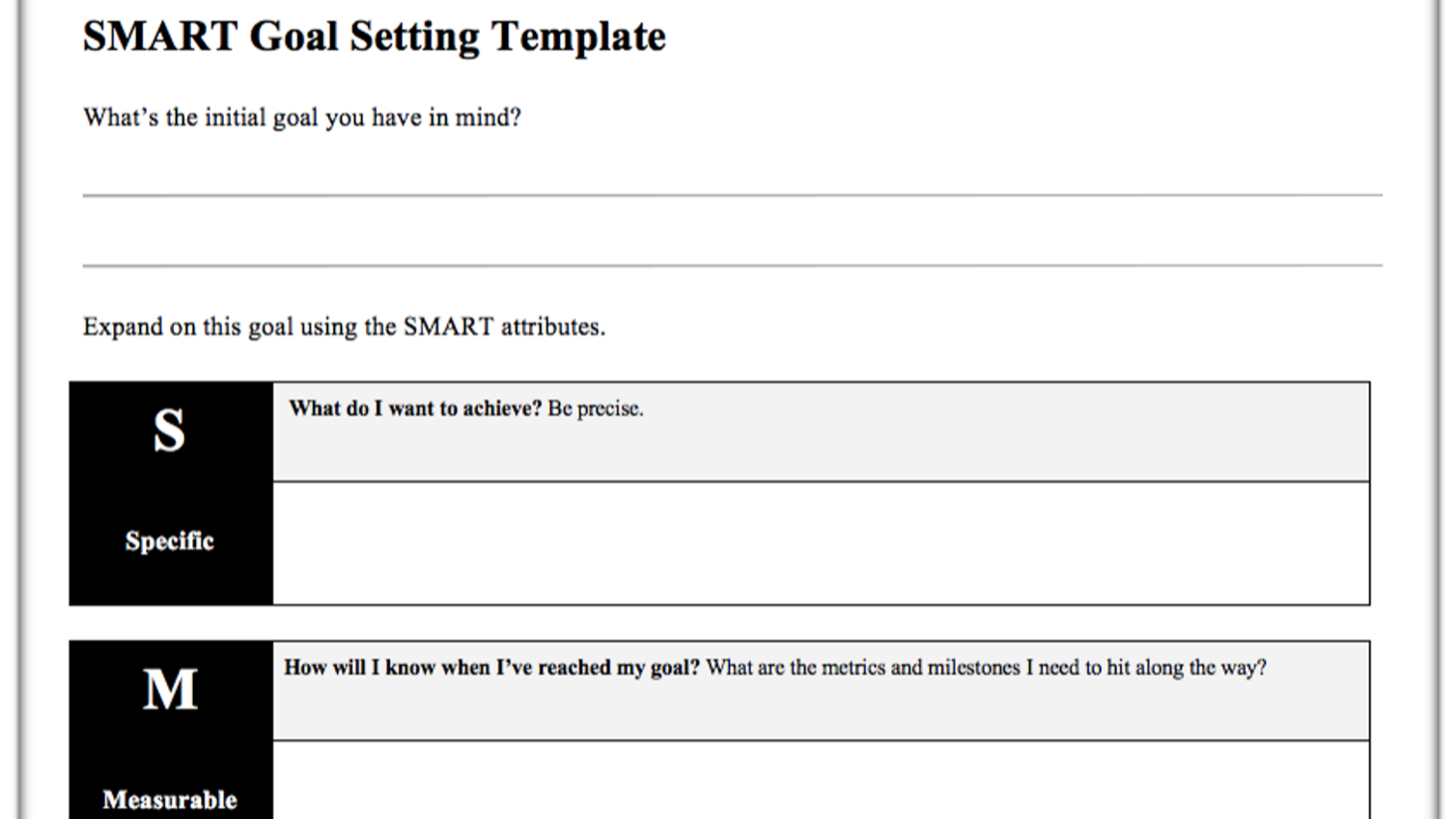We have previously highlighted what SMART goals are, why are they important and where they came from. We have also covered SMART goals for leaders, nursing, marketing and what skills you should address in your goals for 2025 to succeed in your career.
But we simply cannot get enough! In this article, we bring you the ultimate cheat sheet to SMART goals for employees. If you need a quick fix or inspiration, below you will find 20 SMART goals for employees, applicable to any industry to make your life easier in 2025.
Yes, this might be an easy escape for you to set SMART goals but remember that your efforts will only pay off if you know why you are setting the SMART goals and align them to the wider organizational goals of the company you work for.
Key steps to set SMART Goals:
1. Align your SMART goals to organizational objectives
Before you set your goals, you should review the organizational objectives and justify what you can do to contribute to them. Your efforts will only pay of if you know why you are setting the SMART goals and you align them to the wider organizational goals of the company you work for.
2. Set your goals
Use our SMART Goals template to set your goals.
Download the SMART goals template for Word here.
3. Ask yourself;
- Is this goal specific?
- What am I going to measure whether or not it is achieved?
- Is this goal truly achievable?
- Is this goal relevant to the organizational strategy and your job?
- Did you set a clear deadline for your goal?
4. Continually review and adjust your goals
Things change. Therefore, it is important you regularly revisit your goals and adjust them as you go.
Two types of goals for employees
There are two types of individual goals you can set; performance and professional development. Performance goals are expectations related to job responsibilities, focused around performance and task end results.
Professional Development goals are focused on improving and increasing an individual’s capabilities and competencies to improve one’s skill set and knowledge.
You, as an employee, should set both of these types of goals in order to be successful in your career. Both types of goals should be aligned to the wider organizational objectives and relevant to your job, or career progression you are hoping to achieve.
Examples of SMART Goals for Employees
Performance Goals Examples

- Improve the performance of XX by XX % through utilizing a XX in the next quarter.
- Gain 2/5/10 new XX per month for the next 6 months.
- Read 3 industry news articles per week to improve the knowledge of the trends in the next 6 weeks.
- Take a lead on improving the team’s collaboration to improve overall team’s performance by 10% implementing XX methodology/ XX tool in the next 6 months.
- Test a XX on a monthly basis to measure xx (customer satisfaction/performance/etc.)
- Decrease XX rate by 20 % by the end of the year.
- Automate XX in the next quarter.
- Achieve XX through XX in the next quarter.
- Support the organizational initiative to XX through XX and contribute to improving the performance by 10% in the next 6 months.
- Design a new process to XX and improve xx in the next 6 months.
Professional Development Examples

- Take a XX course to improve the knowledge of XX in the next quarter.
- Attend 3 industry events per month focused on XX to develop knowledge of XX in 2020.
- Learn a new tool; XX, to improve the processes of XX and improve productivity by XX % by the end of 2020.
- Research a new competitor every 2 weeks to improve the knowledge of the market and identify areas of improvement in your company in the next quarter.
- Organize a biweekly/monthly coffee meeting with a colleague from another department to improve your company knowledge in the next quarter.
- Start mentoring another employee and dedicate a half-hour to it per week to develop your managerial skills and contribute to culture of sharing in your business in the next quarter.
- Pick up another project to improve XX and develop skills in XX in next 6 months.
- Get involved in and internal activity of your company to develop professional relationships in the next 3 months.
- Dedicate 30 minutes per week to self-reflection to evaluate your performance and proactively seek areas for improvement until the end of Q4.
- Seek feedback and arrange a monthly one to one catch up with your manager to discuss your performance and ideas for development in the next 6 months.
Should you need any further support or more employee SMART goals examples, access our Essential Guide to SMART Goals that will provide you with comprehensive understanding of the method.
Ready to 3x Your Teams' Performance?
Use the best performance management software to align goals, track progress, and boost employee engagement.





